The city - sliced, diced and served with a dash of sauce
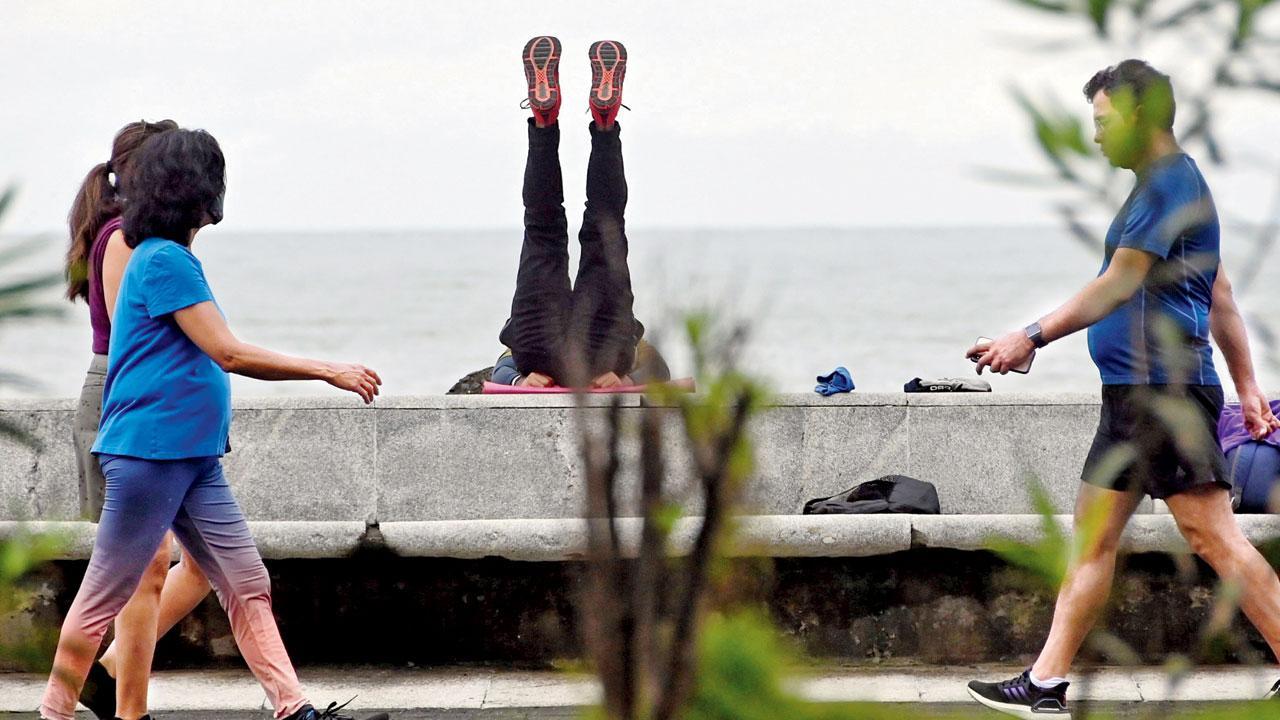
Pic/Bipin Kokate
An upside down world
ADVERTISEMENT
It’s always exercise o’clock for fitness enthusiasts at Marine Drive.
Lower Parel on a high

MoKSh Saini of Living Liquidz wants patrons to not just down their tipple, but also appreciate the nuances of it. With that in mind, he is set to open a new tasting room where exclusive international alcohol and beverages will be on offer, housed in a bungalow called Mansion in Lower Parel. “The beverage industry is a family business and I have grown up around it,” says Saini, whose liquor retail chain is 42 outlets strong in Mumbai. “My mission is to provide a seamless experience to clients; hence, I launched the app and now, to enhance that experience, we are in the process of launching a tasting room and experiential shopping for homegrown and imported beverages.”
Aaja nachle
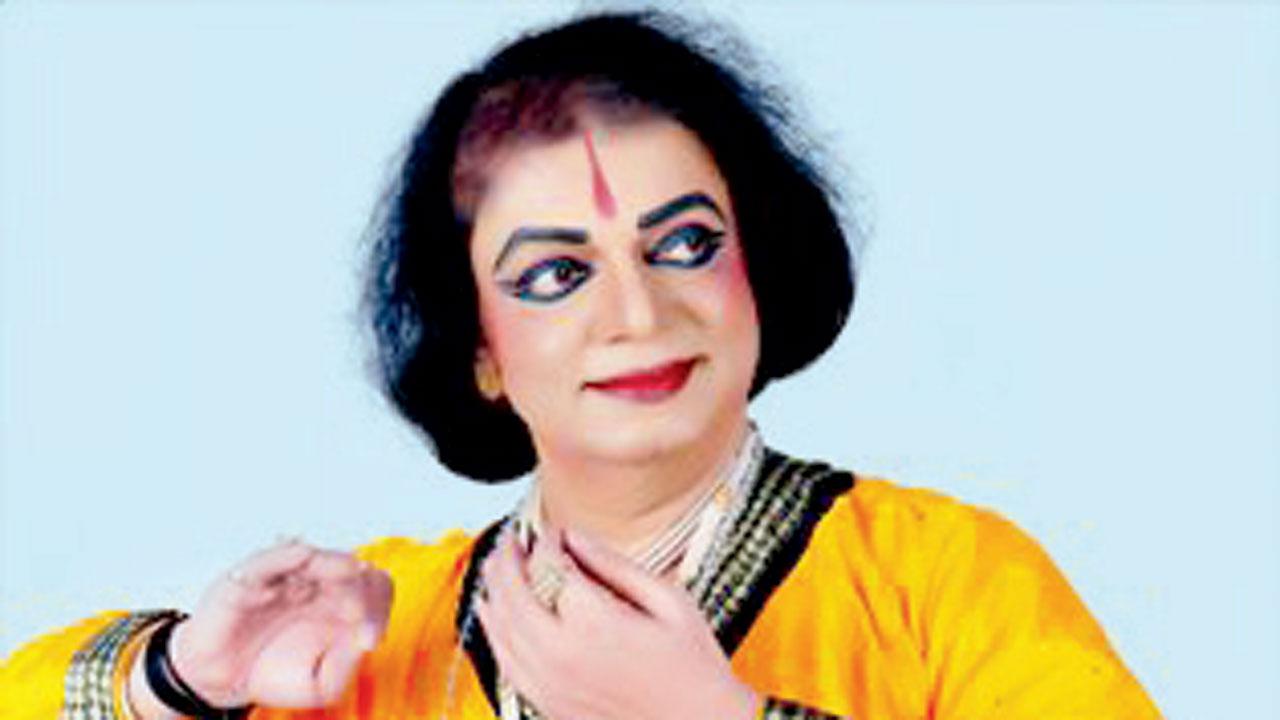
Dr Pt Nandkishore Kapote, who is a leading exponent of Kathak, is also a senior disciple of Pandit Birju Maharaj. Quite recently, Pune-based Kapote released a first-of-its-kind book on Birju Maharaj, along with 92 national and international disciples, sharing their experiences and memories about the legend, who was an exponent of the Lucknow Kalka-Bindadin gharana. The 368-page book has archival images of the Maharaj and comes in both Hindi and English. Kapote says, “Padma Vibhushan Pt Birju Maharaj is not only a great Kathak dancer, but also an exceptional choreographer, poet, painter, singer and instrumentalist. We have written this book as a tribute to the man, who is a torch-bearer of the Kathak dance form.”
Remembering Ram on his birth anniversary
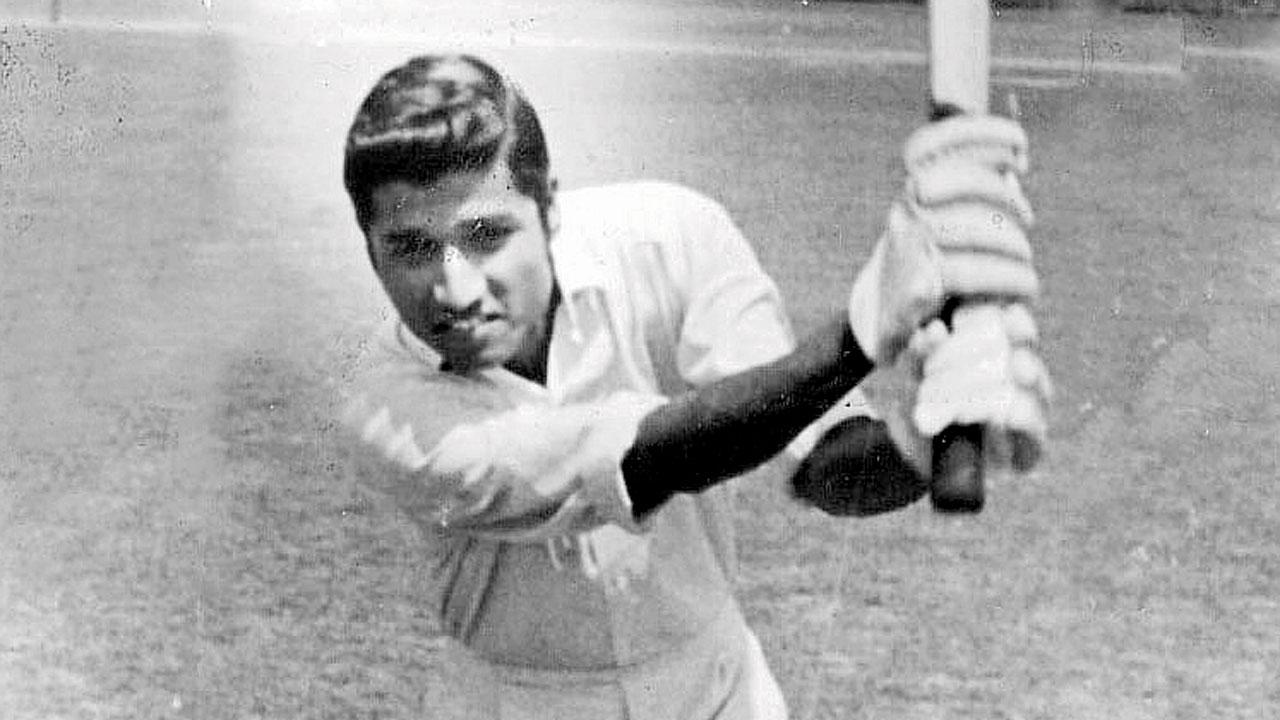
Ramnath Parkar, former Indian cricketer
There haven’t been too many opening pairs in cricket to play for the same club and state before walking out to open the innings for their country. Dadar Union Sporting Club and Mumbai’s Sunil Gavaskar and Ramnath Parkar was one duo that did, and they opened India’s innings in the Delhi and Kolkata Tests of the 1972-73 series against the MCC. Parkar couldn’t hold on to his place in the Ajit Wadekar-led side, but had a fulfilling first-class career for Mumbai. KN Prabhu, that splendid cricket writer, predicted Parkar’s India selection a season before he actually made it with these words in The Cricketer magazine: “As things stand Ramnath Parkar, of Bombay, could be in the running for a place as Gavaskar’s partner. No higher than Gavaskar, young Parkar had a string of tall scores to his credit when, with most of the stalwarts away in the West Indies, he helped Bombay hold on to the Ranji Trophy. Parkar, like Gavaskar, loves to get moving early. He is also a superb fielder in the deep. He would be a welcome addition, for in recent times, India’s outcricket has not matched the display in the close-in positions.” Parkar was known to execute the Rohan Kanhai-like falling sweep. He died post being in an unconscious state for more than three years, after a road accident in Mumbai in 1999. Ram Parks as he was affectionately called by friends, would have celebrated his 75th birthday today!
Revisit the lives of exiled artists in Bombay
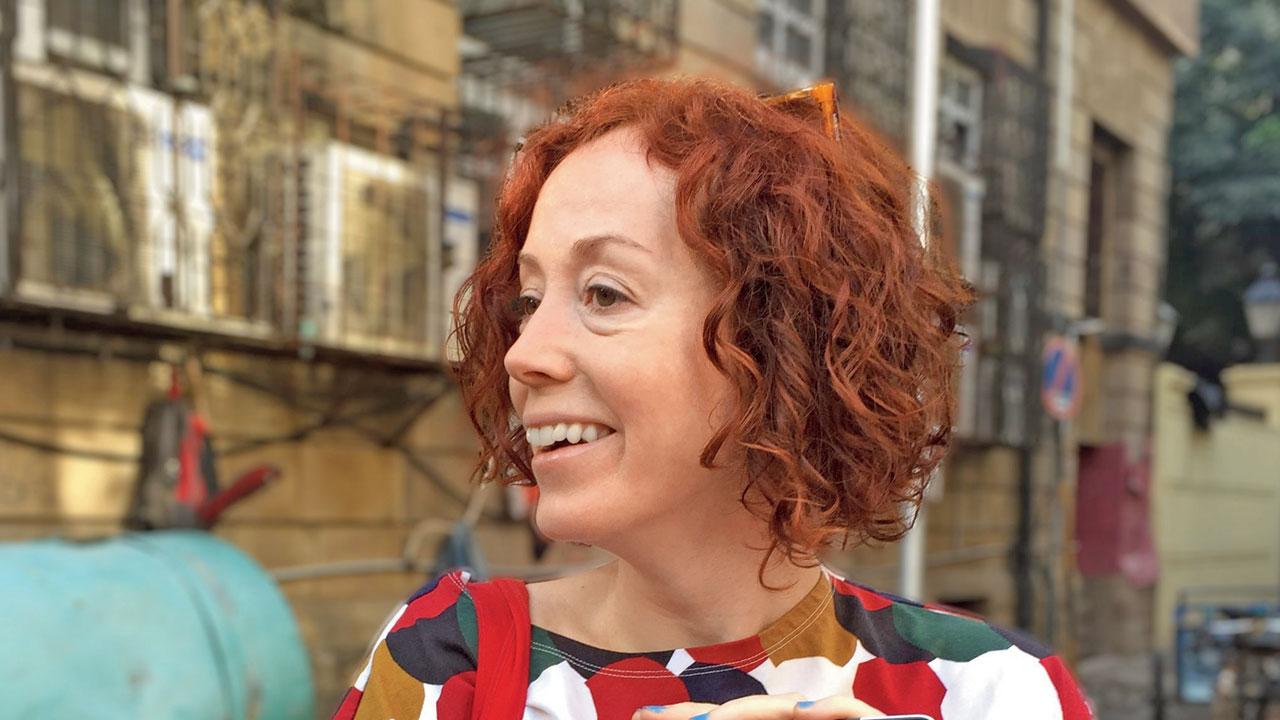
Rachel Lee. Pic courtesy/Amit Srivastava
In August, mid-day had written about a unique research project, Relocating Modernism: Global Metropolises, Modern Art and Exile (METROMOD), which is mapping the journeys undertaken by refugee European artists in the 20th century to six metropolitan destinations, including Bombay, where they lived, worked, exhibited and cooperated with local artists. The archive is now available online on the website https://archive.metromod.net. Accessed through interactive city maps or sets of playing cards, the archive presents a curated selection of people, objects, events and organisations that were connected with exiled artists, architects and intellectuals in the early and mid-20th century. “The Bombay archive includes well-known figures, such as the physicist and art collector Homi Bhabha, as well as lesser-known people, like the cultural manager Ružena Kamath. It opens doors to some of the formal spaces of Bombay’s art world—like the Bombay Art Society—as well as private ones: Käthe and Walter Langhammer’s open studio at 20 Nepean Sea Road. It shows connections between the Metromod cities. We can see, for example, how the photo-journalist Ernst Schaeffer, who was exiled in Bombay, was linked to the Black Star photo agency in New York. In this way the archive begins to reveal how exile networks supported artists around the world,” shares Rachel Lee, a postdoctoral researcher, who is on the core team.
Serving up some healthy pasta sorcery
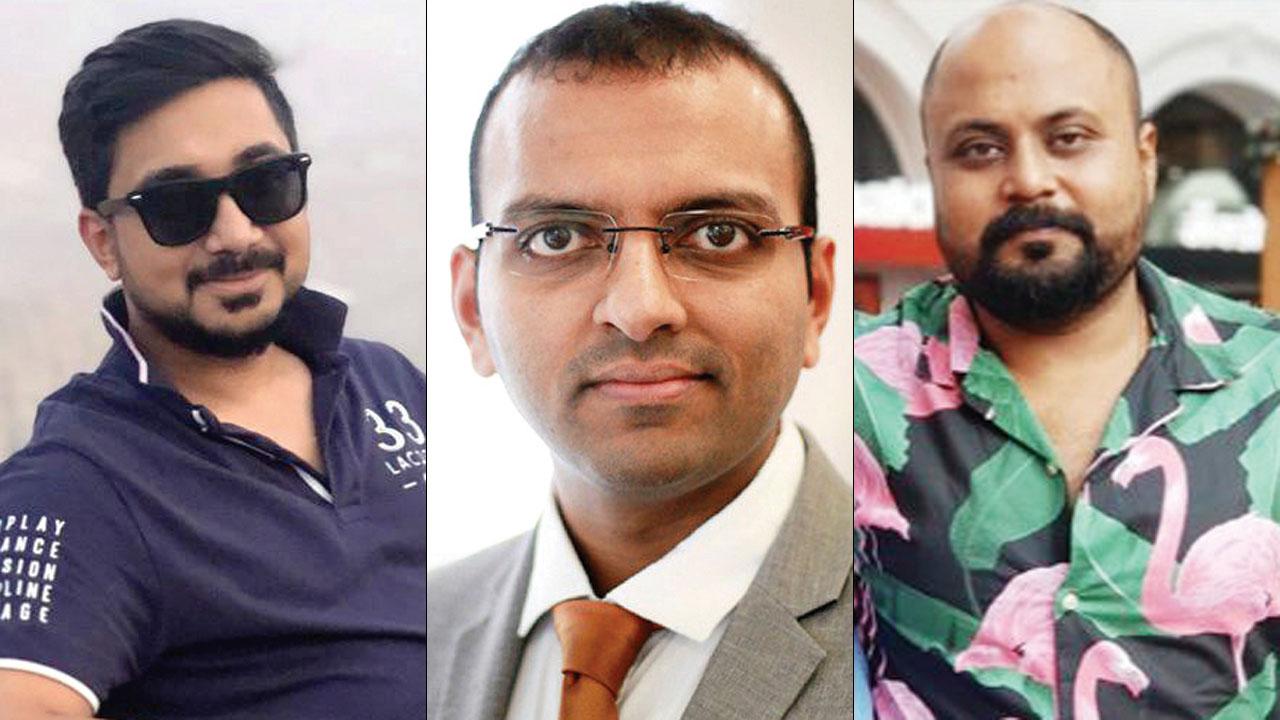
(From left) Soumalya Biswas, Bhuman Dani and Monish Debnath
Three entrepreneurs have started WickedGüd, and are on a mission to make sure you can have comfort food, without feeling guilty. Founder Bhuman Dani, and Soumalya Biswas and Monish Debnath, who are both founding team members, aim to empower mothers by de-constructing “junk” and re-constructing with fresh, nutrition-rich, homely versions to avoid the constant compromise with food. “Our range of pastas are made with the goodness of chickpea (chana), red lentil (dal) and brown rice (chawal), so it is 100 per cent maida free,” Biswas told this diarist. The team works with Rinka Banerjee, founder of Thinking Forks, and former head R&D, Uniliver and South Asia, as their food consultant. “We’re already working on the next product. So for now it’s pasta; add another few months, and we would be ready with our WickedGüd range of instant noodles and malt beverages.”
 Subscribe today by clicking the link and stay updated with the latest news!" Click here!
Subscribe today by clicking the link and stay updated with the latest news!" Click here!







